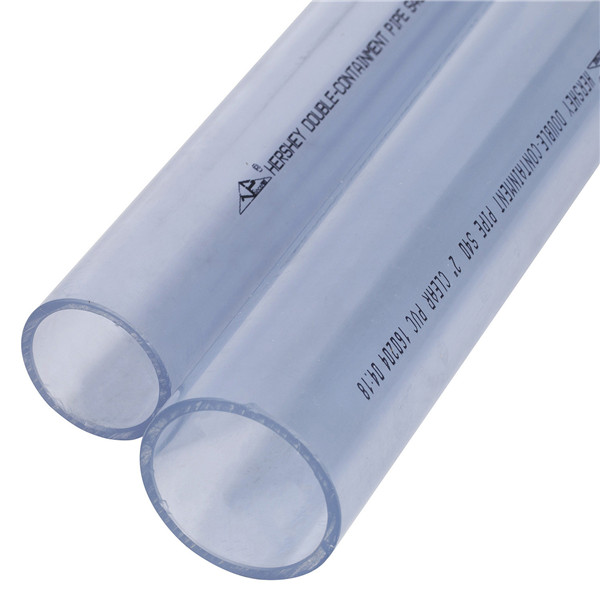Дек . 29, 2024 21:37 Back to list
1.5 inch pvc pipe
Understanding 1.5-Inch PVC Pipe Applications, Advantages, and Installation
When it comes to plumbing, irrigation, and various construction projects, choosing the right type of pipe is crucial for ensuring durability and efficiency. One popular choice among contractors and DIY enthusiasts alike is the 1.5-inch PVC (polyvinyl chloride) pipe. This versatile pipe is favored for both residential and commercial applications due to its numerous advantages. In this article, we will explore the features, applications, benefits, and installation tips concerning 1.5-inch PVC pipe.
Key Features of 1.5-Inch PVC Pipe
1. Material Composition PVC is a plastic polymer that consists of different additives to enhance its properties. It is lightweight yet strong, providing a long lifespan and reliability in various conditions.
2. Dimensions and Structure The 1.5-inch designation refers to the nominal diameter of the pipe. In terms of actual dimensions, the outside diameter is approximately 1.9 inches, while the inside diameter is around 1.5 inches. This structure allows for a reasonable flow rate, making it suitable for various applications.
3. Pressure Ratings PVC pipes come with different pressure ratings, often classified by schedules (like Schedule 40 or Schedule 80). Schedule 40 is the most commonly used in residential plumbing, while Schedule 80 has thicker walls suitable for higher pressure systems.
4. Chemical Resistance One of the significant advantages of PVC is its resistance to corrosion and chemicals. Unlike metal pipes that can rust or corrode over time, PVC maintains its integrity even when exposed to various substances, making it ideal for waste and drainage applications.
Applications of 1.5-Inch PVC Pipe
1. Residential Plumbing Many homeowners use 1.5-inch PVC pipes for draining and venting systems, such as connecting kitchen or bathroom fixtures to the main drainage line. They are also popular for sink drains due to their adequate flow capacity.
2. Irrigation Systems In gardening and landscaping, 1.5-inch PVC pipes are frequently employed in irrigation systems. They can provide consistent water flow to various areas of a garden, ensuring plants receive adequate hydration.
3. Pool Plumbing Swimming pools often utilize 1.5-inch PVC pipe for circulation systems, as it can handle the water pressure required for effective water movement and filtration.
4. Electrical Conduits In some installations, 1.5-inch PVC pipes are used as conduits for electrical wiring. Their durability and resistance to moisture make them suitable for protecting electrical lines from environmental factors.
5. Underfloor Heating Systems In some heating applications, 1.5-inch PVC can be used in conjunction with flexible tubing to create underfloor heating systems, providing efficient warmth throughout a home.
1.5 inch pvc pipe

Advantages of 1.5-Inch PVC Pipe
1. Cost-Effective PVC is generally less expensive than metal pipes, making it a budget-friendly choice for various applications. Its durability and low maintenance costs further enhance its appeal.
2. Easy Installation The lightweight nature of PVC pipes facilitates easy handling and installation. They can be cut with simple tools, and being joined with solvent cement makes them quick to set up.
3. Longevity With resistance to corrosion, rust, and the degradation associated with certain chemicals, 1.5-inch PVC pipes boast a long lifespan, often lasting 25 years or more under the right conditions.
4. Low Friction The smooth interior surfaces of PVC pipes reduce friction, allowing for higher flow rates compared to traditional materials. This feature is especially beneficial in drainage systems.
5. Environmental Considerations While concerns exist about the environmental impact of plastic, PVC piping is recyclable. Additionally, its long life means it does not need to be replaced often, reducing waste.
Installation Tips
Installation of 1.5-inch PVC pipe should follow some best practices
- Measurements and Preparation Ensure accurate measurements and cuts before starting your installation. Always dry-fit the pipes before permanently joining them to confirm correct alignment.
- Proper Adhesives Use appropriate solvent cement specifically designed for PVC pipes, and ensure you work in a well-ventilated area to avoid inhaling fumes.
- Supports and Anchoring While PVC is lightweight, ensure that your installation includes adequate supports to prevent sagging, especially over long spans.
- Inspection After installation, conduct a thorough inspection to ensure no leaks or defects are present before covering or sealing areas.
In conclusion, the 1.5-inch PVC pipe is a remarkable choice for various applications due to its affordability, ease of installation, and longevity. Whether for plumbing, irrigation, or other purposes, its versatility is hard to beat. With careful planning and execution, utilizing this material can lead to successful projects that meet both functional and aesthetic needs.
-
Durable PP Rigid Sheet: Lightweight, Chemical Resistant Solutions
NewsAug.21,2025
-
PVC Grey Sheet for Extraction: Chemical Resistant & Durable
NewsAug.19,2025
-
Durable PVC Pipe Fittings for Plumbing & Irrigation Needs
NewsAug.18,2025
-
HDPE Steel Belt Reinforced Spiral Corrugated Pipe | High Strength
NewsAug.17,2025
-
HDPE Pipe Fittings: Durable, Leak-Proof Solutions
NewsAug.16,2025
-
Premium CPVC Sheet: High-Temp & Chemical Resistant Solutions
NewsAug.15,2025

